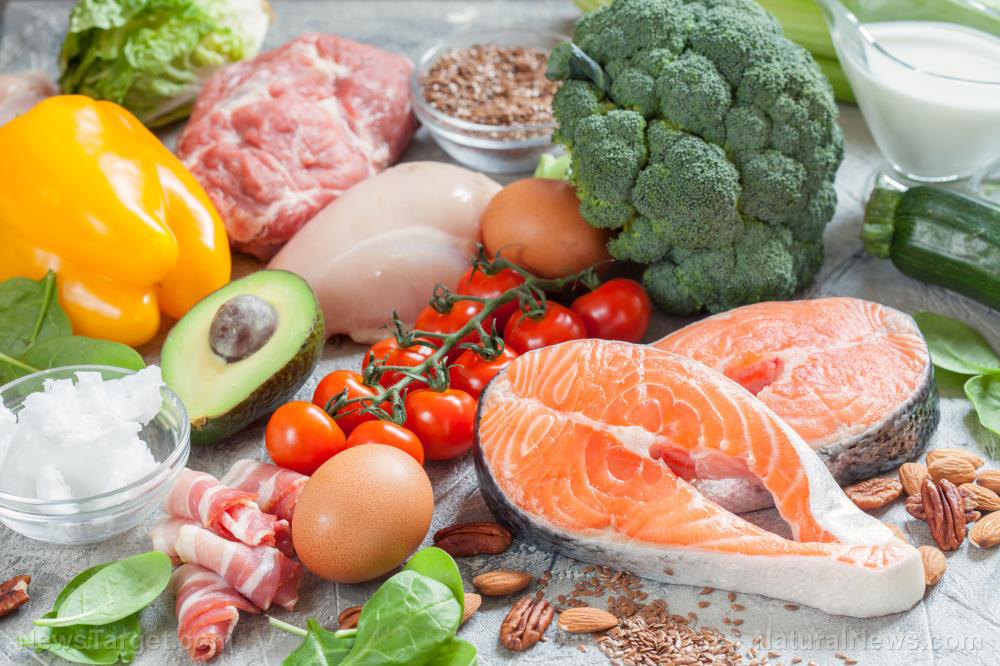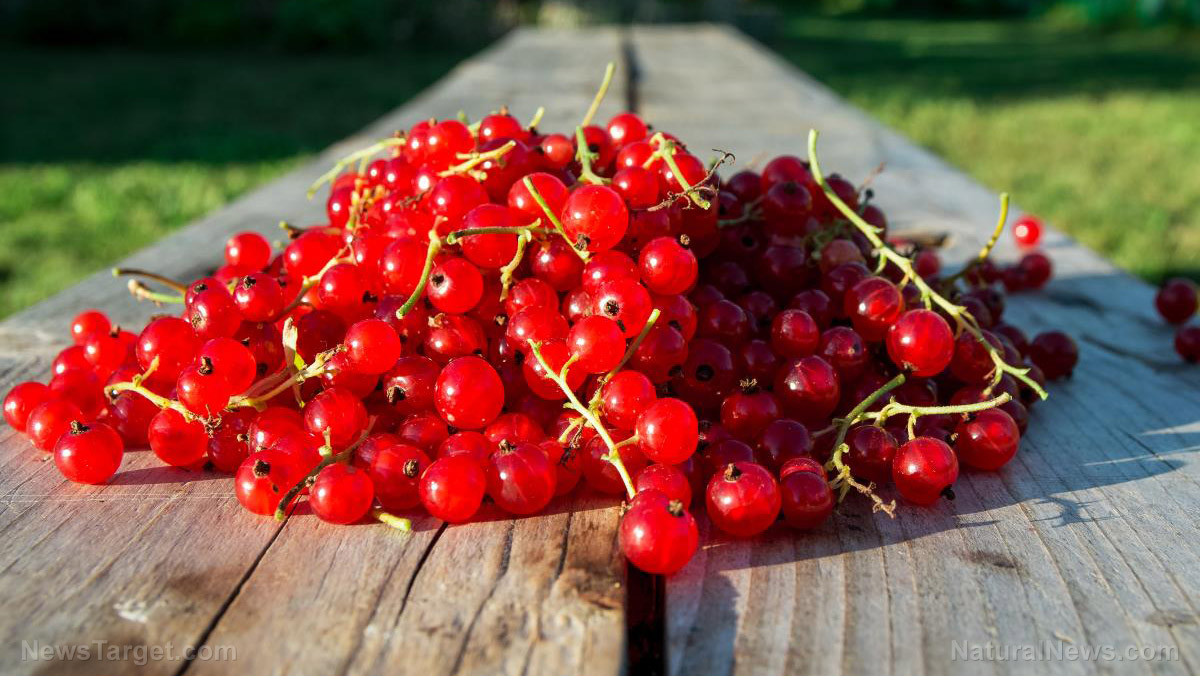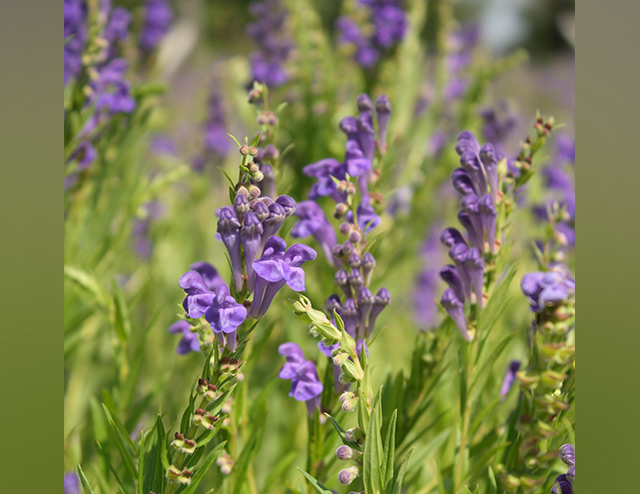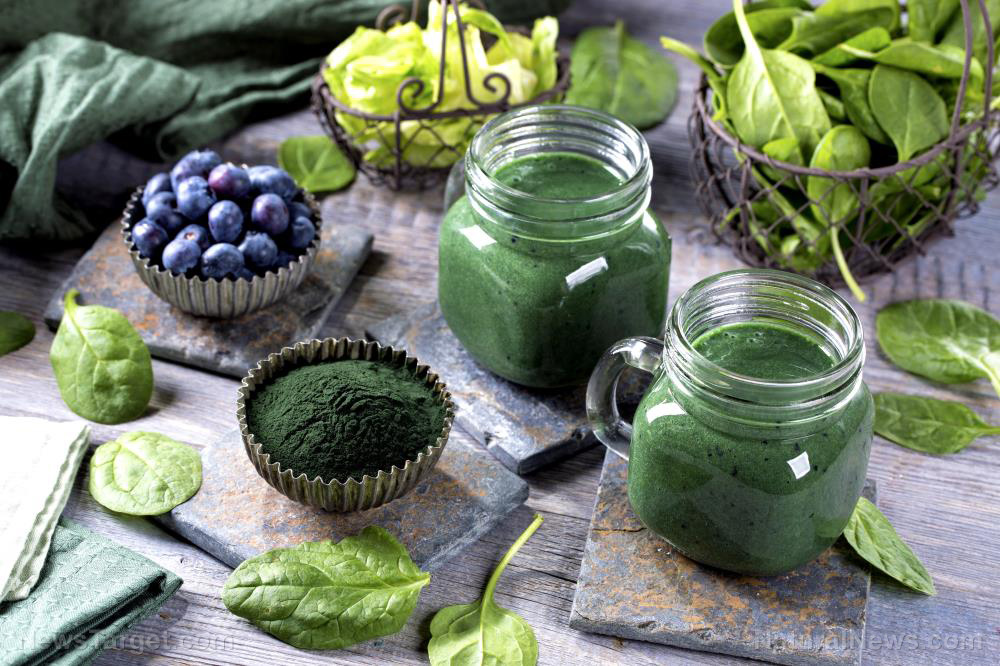Not all honey is created equal: Here’s how to make sure yours is legit
10/07/2019 / By Melissa Smith
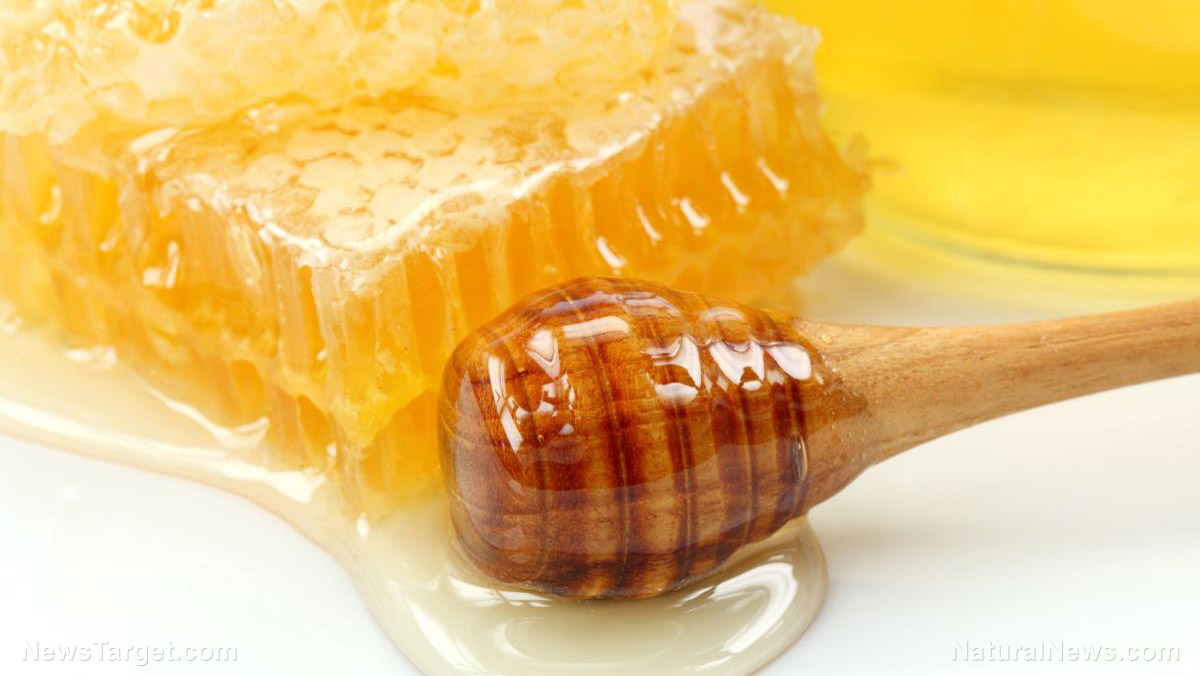
Honey is one of the most powerful natural remedies available. Aside from adding a touch of sweetness to your food or drink, honey has antibacterial, anti-inflammatory, and antioxidant properties. However, you can only reap these benefits if you have the right kind of honey. A lot of honey on grocery store shelves are not as pure as raw honey and are either diluted or laden with toxic chemicals. Here are some things you need to look for and what to avoid when buying honey.
1. Raw and unfiltered
When buying honey, choose the raw, unfiltered product. When honey is processed, the heat from processing tends to destroy its beneficial elements and make it less nutritious.
In addition, look for the label “unfiltered” in the product. Filtering honey gets rid of a lot of the pollen, which is also nutritious. You will know if honey is unfiltered if you see little particles in the honey when you hold it up.
2. Ignore “organic” on the label
In most cases, choosing organic food is a great, reliable option. However, when it comes to honey, it does not matter if you buy organic or not because bees fly many miles and it’s far too difficult to determine which flowers were visited. For honey to be considered organic, all the plants and the entire foraging area need to be free of pesticides. While beekeepers may not be using pesticides or antibiotics in the hive, it is almost impossible to prove that bees are not exposed to harmful pesticides and synthetic fertilizers on their long flights. It is also likely that “organic” honey may cost more than non-organic, so knowing this tip could help you save some money.
3. Look at the color
Honey varies in color and taste, depending on which flowers – such as blueberry, chamomile, lavender, and orange flowers – the bees visited, and the time of the year. In most cases, honey produced in the fall is darker and has a bolder taste, while honey produced in spring is often lighter and has a milder flavor.
Moreover, honey is graded not on its nutritional value but on its clarity, color, flavor, and moisture. As a general rule, lighter-colored honey is Grade C, amber-colored honey is Grade B, and the darkest, strong-flavored ones are Grade A.
Other tips when buying honey
Buy honey that is contained in a glass jar instead of plastic. This is because honey is very delicate and not as stable in plastic. Should you honey that is in a plastic container, be sure to consume it within a year as it will change in color and taste beyond that.
Another tip is to check where the honey came from. Chinese honey can be contaminated with lead and antibiotics. However, not all honey made in the U.S. is pure as it can also be tainted with corn syrup or other artificial sweeteners. You will know if it is a high-quality honey through the presence of pollen, which can tell you the origin and potency of the product.
Reasons to buy honey
Honey is rich in antioxidants that help protect the body from cell damage caused by free radicals. Free radicals contribute to the aging process and the development of diseases such as cancer and heart disease.
Because of the antibacterial and antifungal properties of raw honey, it can be used to kill unwanted bacteria and fungus, prevent infection, and heal wounds. In addition, you can consume a spoonful of honey or add it to hot tea with lemon to relieve a sore throat. It also works as a cough suppressant, among many other health benefits.
Sources include:
Tagged Under: alternative medicine, antibacterial, antioxidants, bees, clean food, food cures, food is medicine, food safety, functional food, grocery, honey, honey bees, how-to, natural cures, natural medicine, nutrients, organics, raw honey
RECENT NEWS & ARTICLES
COPYRIGHT © 2017 ALTERNATIVE MEDICINE NEWS

